There are plenty of reasons you might want a stainless steel kitchen sink. They’re beautiful, durable, and most look better with age. If you’re going for a modern kitchen decor, a streamlined culinary-chic, or are just plumb sick of kitchen sinks that stain, chip, or scratch, stainless steel sinks can add sophistication and hardiness to your kitchen in a single unit. Good stainless steel sinks will last for years. If you know what to look for, you can get an incredible, quality product for a fraction of the price.
Shop By Gauge
The most important thing you need to remember when you’re shopping stainless steel sinks is gauge. Put simply, the gauge of a piece of steel is how many times it’s been run through a press and thinned. So for example 1 gauge steel was rolled once, and 100 gauge steel was pressed thinner and thinner a hundred times. When it comes to stainless steel sinks, especially kitchen sinks, you won’t find a range quite that wide. Usually you’re looking at between 16 (the thickest) and 22 or 24 (the thinnest). For the very absolute best quality, you want a 16 gauge sink, but you’re also going to pay the most for it.
Trim Your Budget With A Thinner Sink
If you’re on a budget, opting for an 18 gauge sink is a good way to trim costs. A higher gauge can dramatically lower the price of your sink, to the tune of several hundred dollars. That said, the lower the gauge on your sink the better, and anything 20 or over I’d suggest avoiding altogether. A higher gauge will mean sacrificing some amount of quality (more on this in a bit). But if you need the wiggle room in your budget, this isn’t a bad place to find it.
Is A Higher Gauge Worth The Price?
But if a lower number is better, what does that mean in terms of your actual experience using the sink? The most obvious difference is the sound. Stainless steel sinks are on the noisier side, even if they’re good quality. Everything you put in the sink (tossed in silverware, for example) is going to make a little tink or thunk when it hits the metal. Thicker steel is quieter; it will dampen the sound of rummaging and running water (rather than turning your cabinet into a steel drum). Any gauge sink can have sound dampening padding underneath, which makes a big difference, but 16 gauge sinks are more likely to have them included by default.
Shop Single Bowl Steel Sinks:
Reduce The Noise
It’s also worth noting that steel a good conductor of heat, and tends to flex slightly when exposed to high heat or extreme cold. That means that while you’re pouring out that gallon or so of boiling pasta water, and for a while after, your sink is going to be flexing and pinging and being generally (albeit mildly) chatty. On the flip side, this really only happens when you’ve poured or placed something very hot in the sink, and it doesn’t last very long and isn’t very loud. Again, thicker steel is quieter, while thinner steel may speak up if you put something particularly heavy in it. For either type, sound dampening padding helps quite a bit. Of course, if you don’t mind hearing stainless steel sinks singing you the song of their people once in a while, you can probably safely opt for a higher gauge.
Make Sure Your Sink Is Actually Stainless!
The other important marker of quality in stainless steel sinks is the quantity of chrome and nickel it contains. Some materials (like copper) are better when they’re more pure. But a sink made of pure steel would turn into a giant rusty mess the first time you used it. What makes steel “stainless” is the inclusion of chrome and nickel, which give sinks their shine as well as durability. You want to look for a sink labeled 18/10 – aka, one that has an 18% chrome content and 10% nickel.
This ratio should be clearly marked and easy to find; if it isn’t, the manufacturer is probably hoping you don’t know to look! If you know a bit about stainless steel flatware, this is the same thing; 18/10 is the best down the line to 18/0. With stainless steel sinks, it’s even more important not to skimp on quality. A good stainless steel kitchen sink will last you much, much longer than one without the right amounts of chrome or nickel. Because it’s not a terribly glamorous-sounding feature, you can often find sinks made with better, thicker steel that cost much less than similar sinks from bigger name brands.
Shop Double Bowl Steel Sinks:
Stainless Steel Gets Better With Age
Stainless steel sinks are a lot of things – stain resistant, easy to clean, difficult to chip or mar. But they aren’t scratch proof. It turns out, though, that that’s a good thing. Like copper sinks, the weathering on stainless steel sinks causes a unique patina to develop. Which is a fancy way of saying that normal wear-and-tear will make a stainless steel sink look nicer, not damaged. Unlike polished steel flatware, a brushed stainless steel will only look better with age and use.
If you’re interested in stainless steel sinks but worried that one will cost you an arm and a leg, don’t be. All you have to do to get a reasonable price on a good, high quality sink is remember this: gauge and metal composition matter a whole lot more than brand name. In fact, most companies have sinks that are fairly similar to one another, but can cost as much as $500 less. So play it smart and shop stylish, inexpensive brands – but read the fine print to make sure you aren’t skimping on quality.





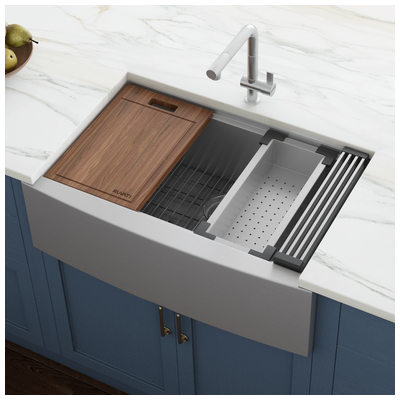
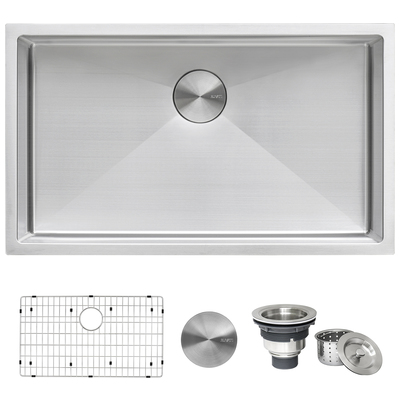
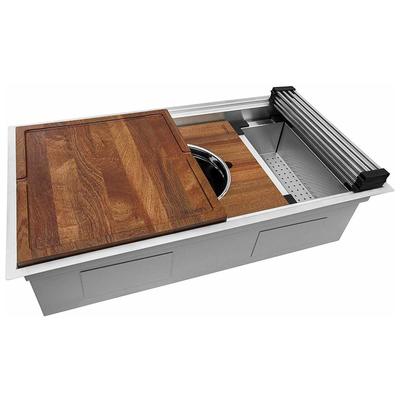
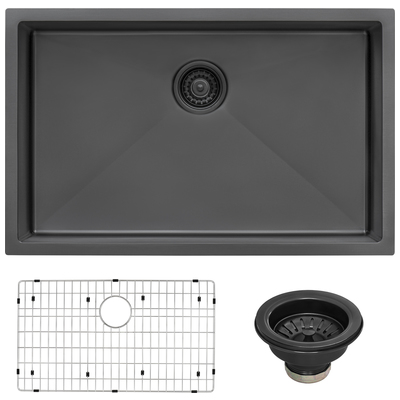
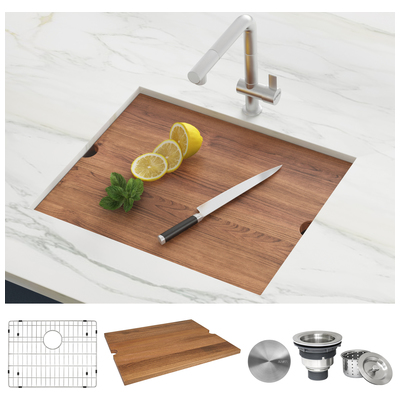
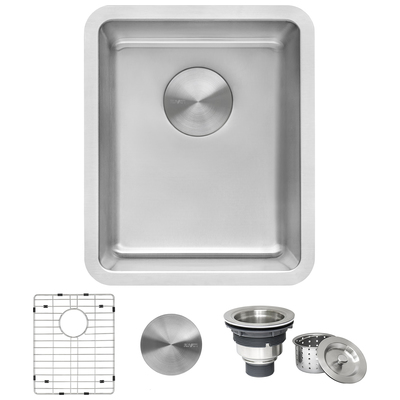
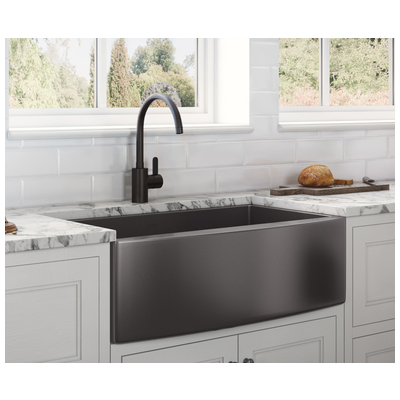
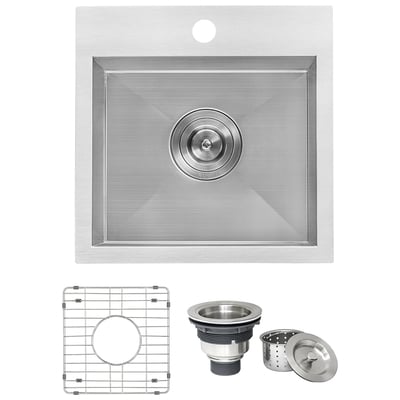

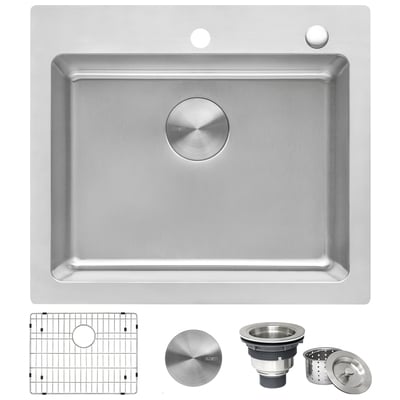
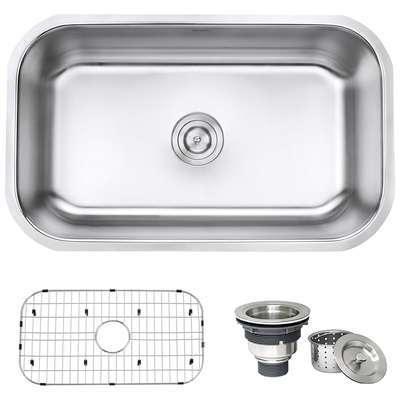

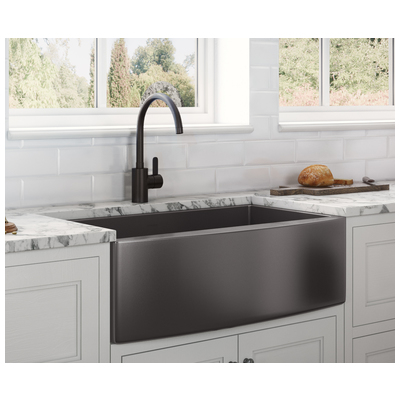
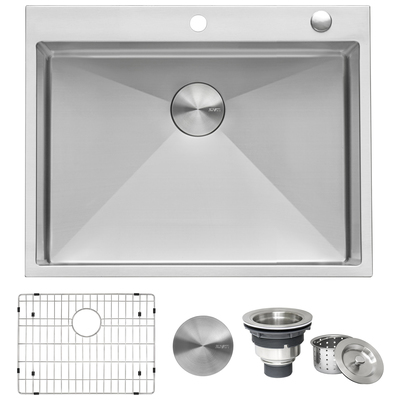
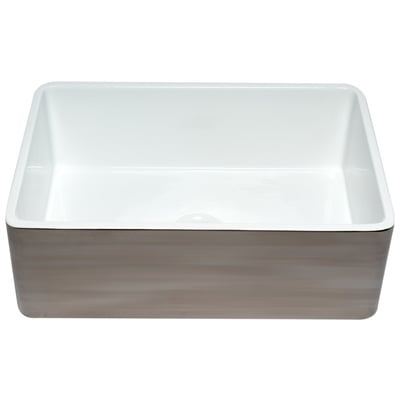
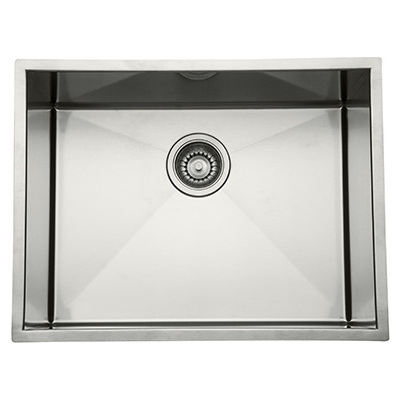
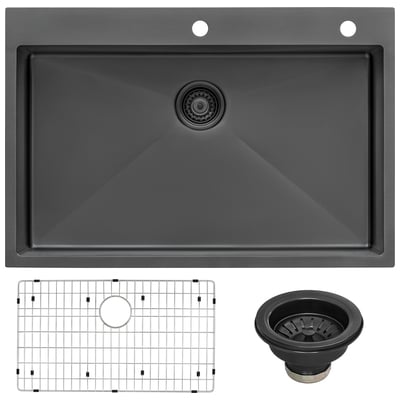
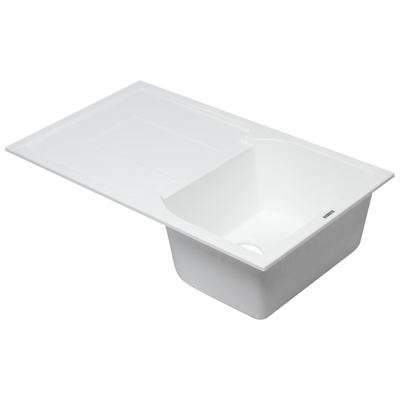

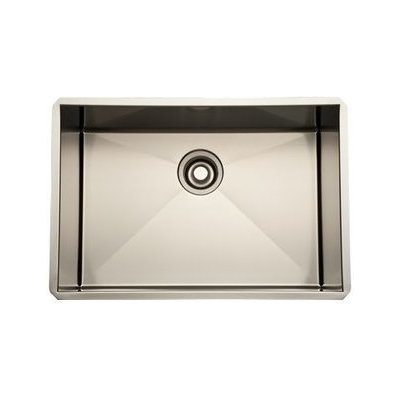
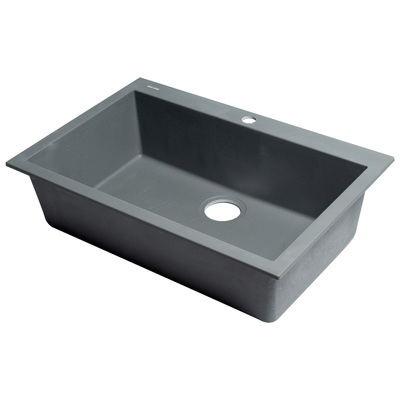
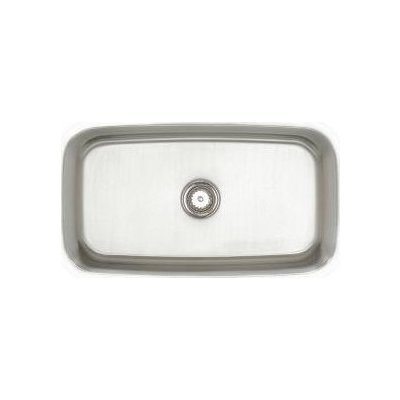
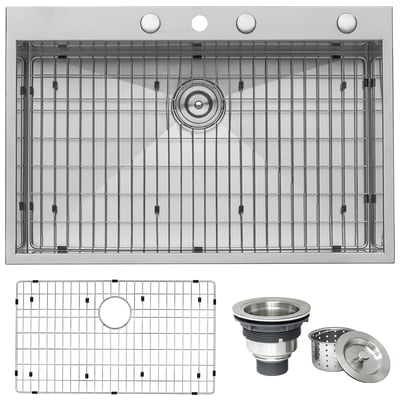
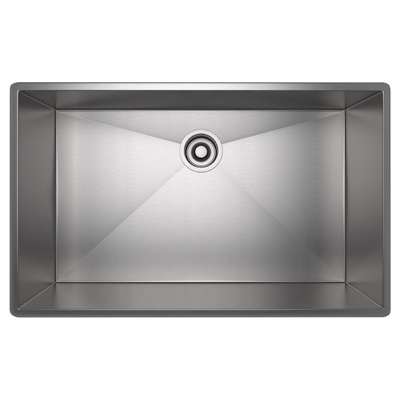
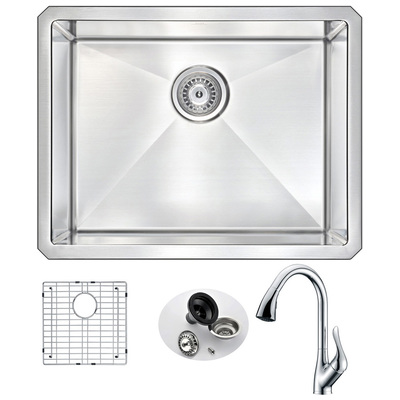
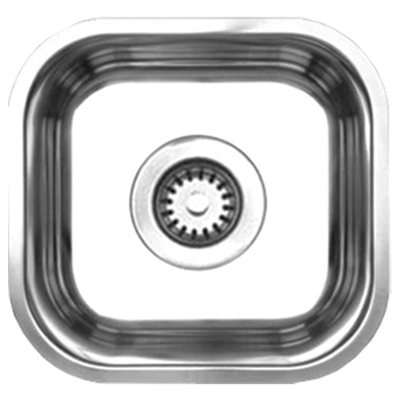
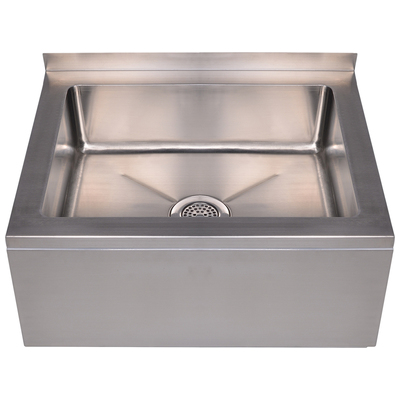
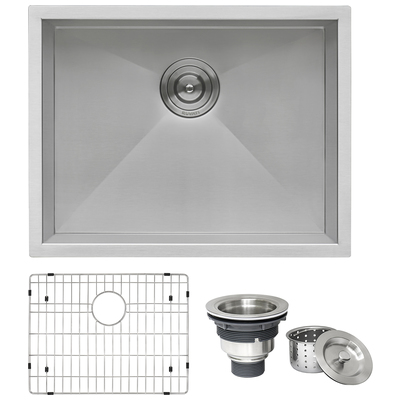
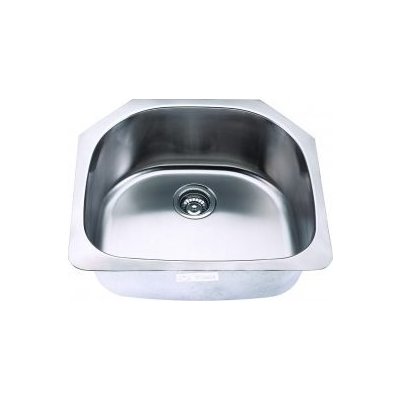
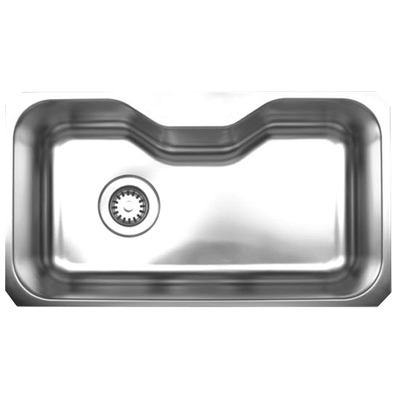
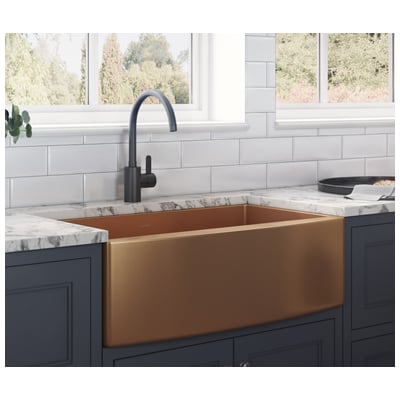
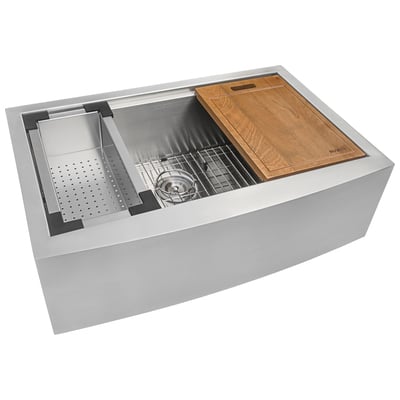

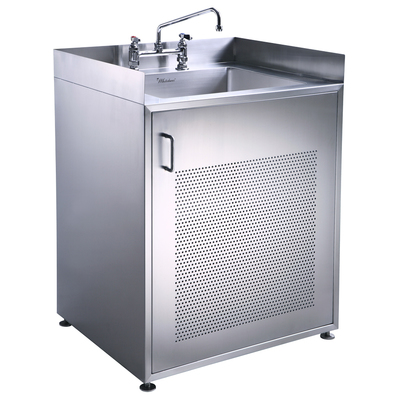
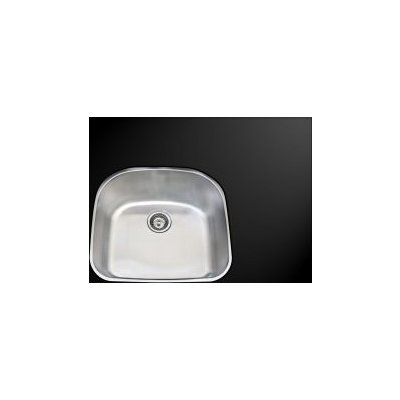



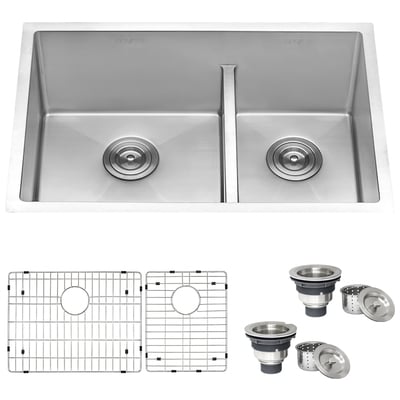
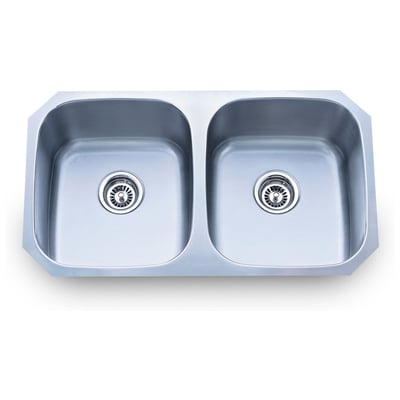
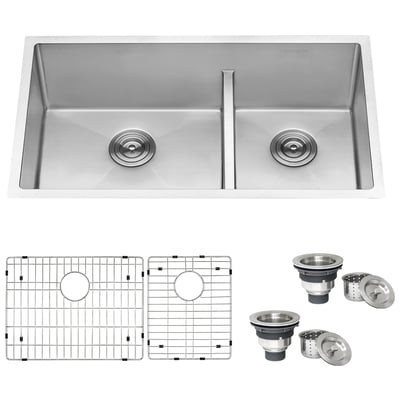
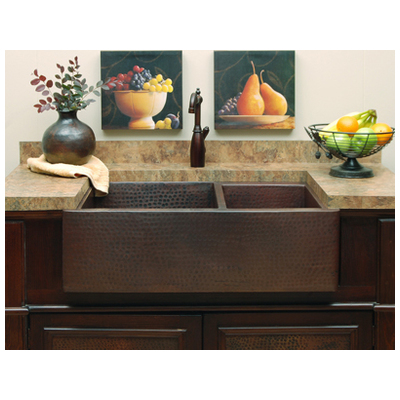
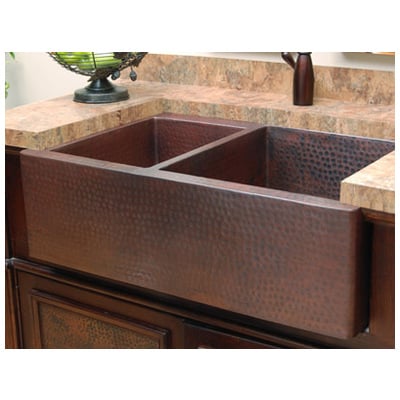
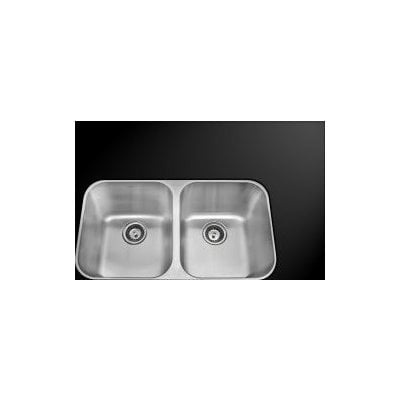
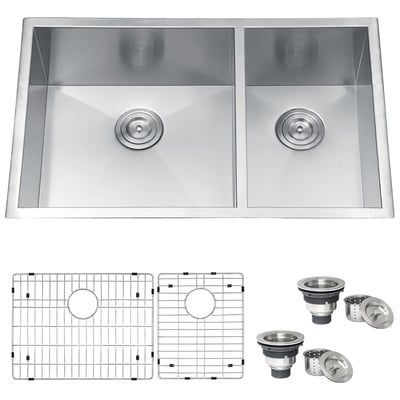
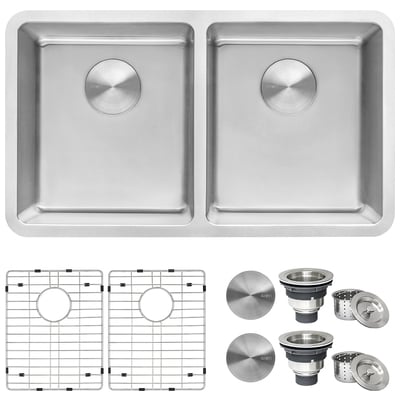

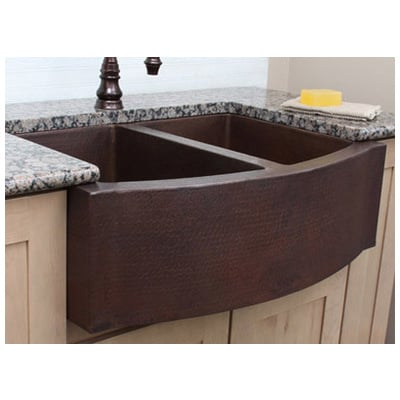
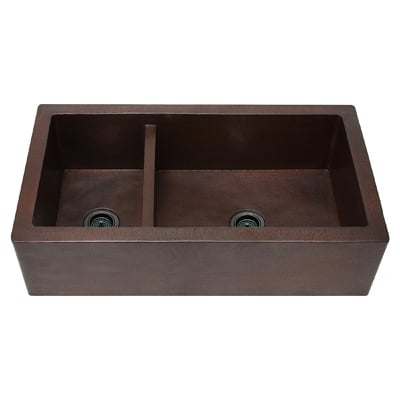
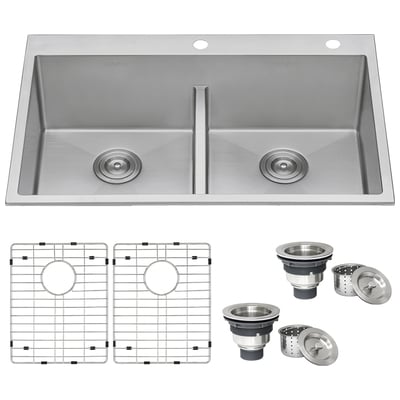

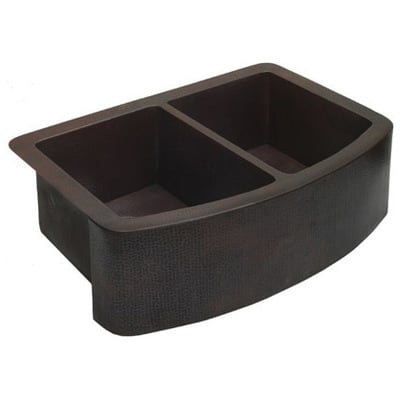
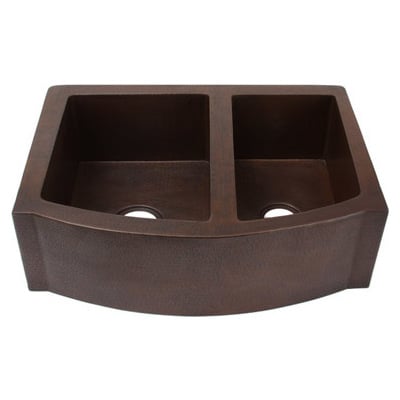

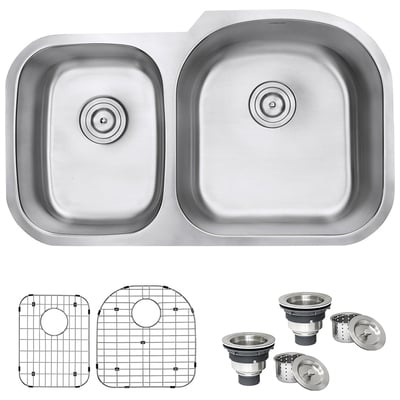
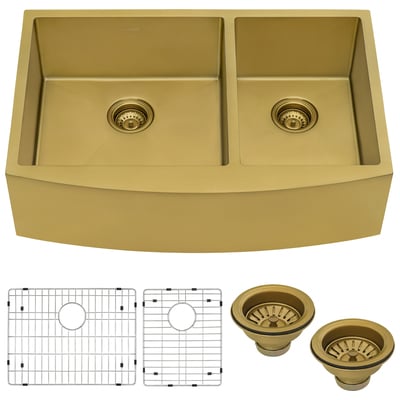
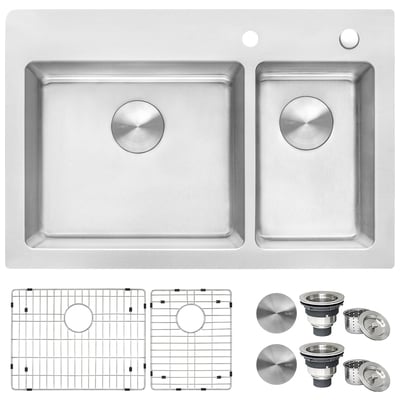
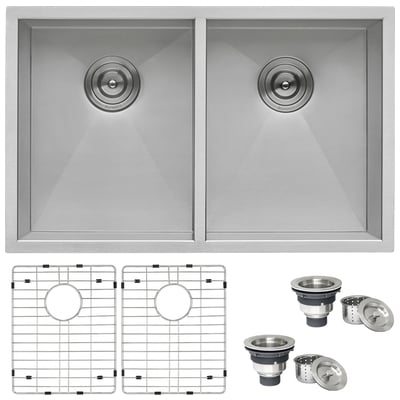
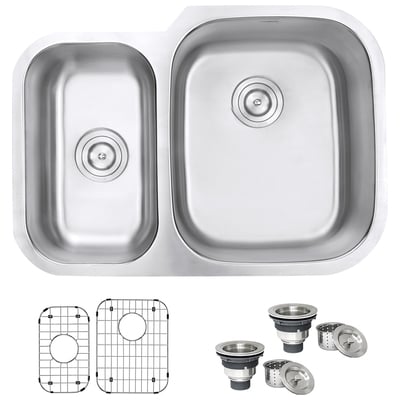
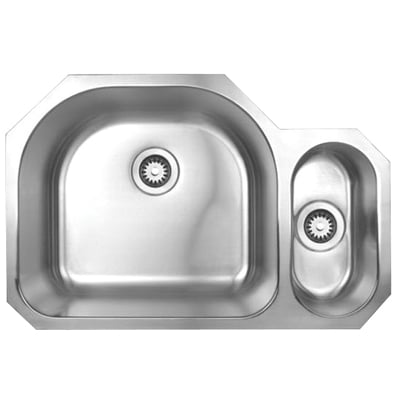

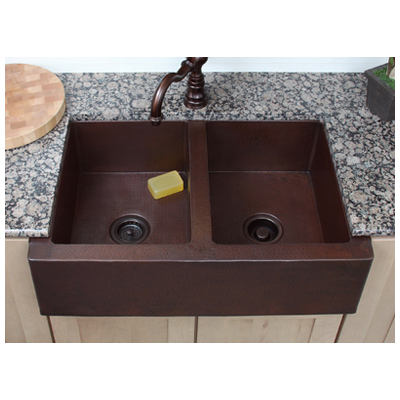
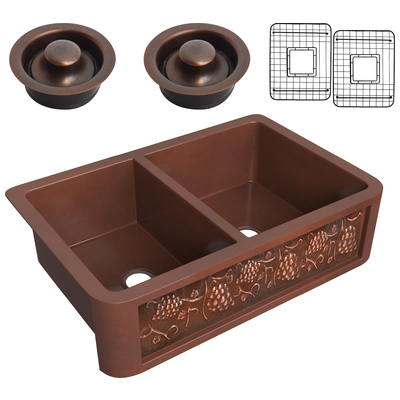
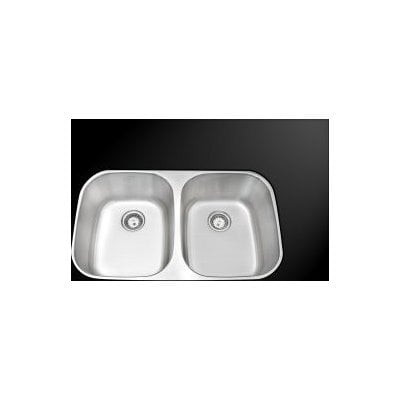
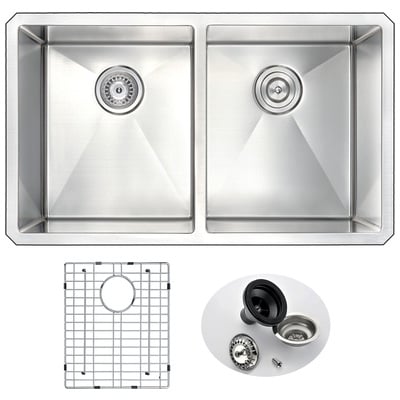
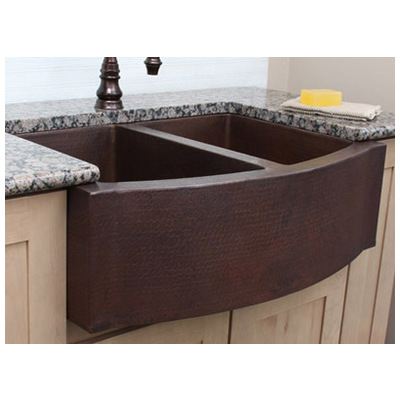
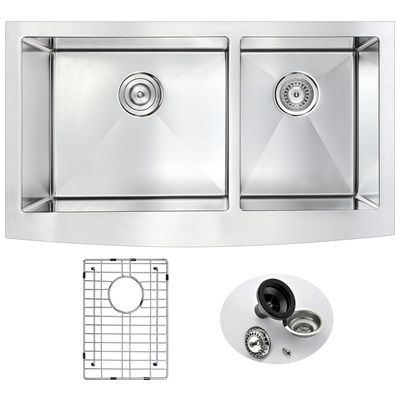
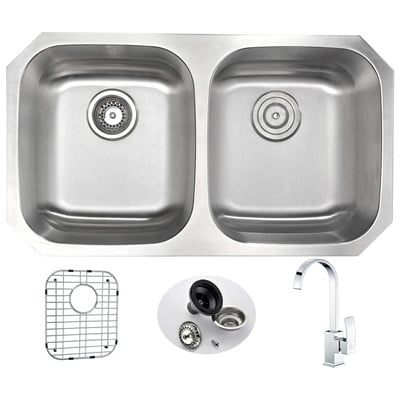
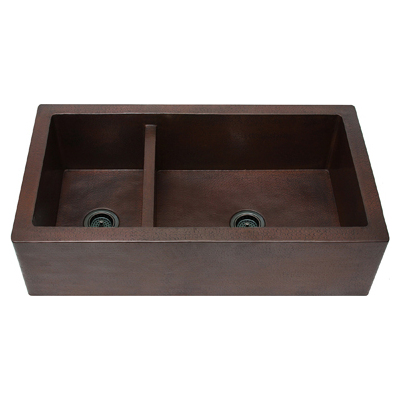
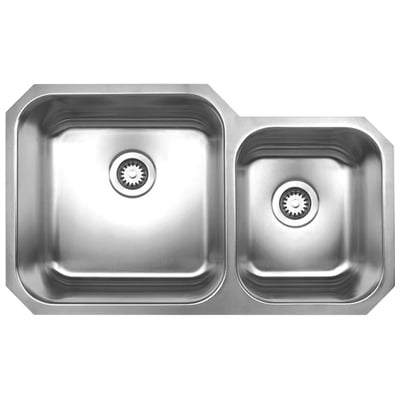
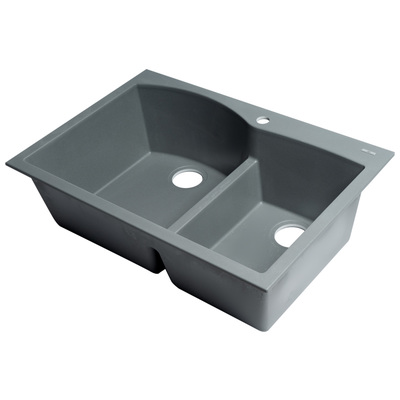
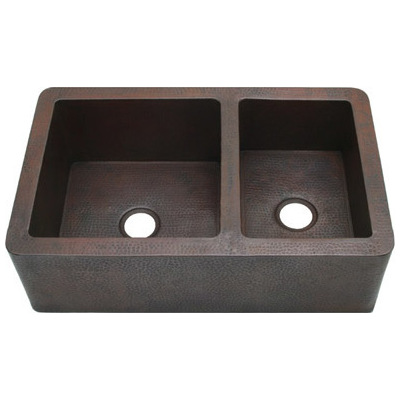


Pingback: Kitchen Sink Buyer's Guide: How To Get The Right Sink For Your Kitchen
Pingback: 2013 Kitchen Design Trends - Top Ten Kitchen Trends For The New Year